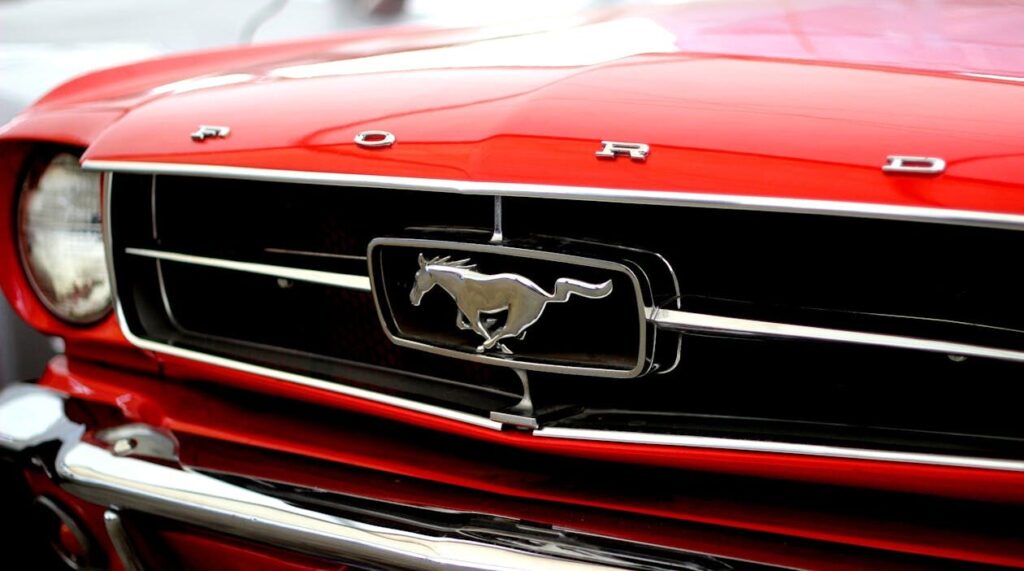Why Is Ford Trying to Stop Its Own Heartbeat?

Just weeks ago, Ford shocked the market by cutting the price of its Mustang Mach-E, diving headfirst into a post-subsidy storm. As the industry puzzled over that move, Ford’s VP, John Lawler, delivered an even more stunning declaration: “The era of the engine is over.”
Previous Post : Ford’s VP Says ‘A Lot of That Is Gone’
“The days when horsepower, displacement, and torque defined everything about a vehicle,” he stated, “are mostly gone.”
Is it a coincidence that these two bombshells dropped so close to each other? Or are they two pieces of a larger, more audacious strategy we failed to see? I would argue these are not separate events. They are two parts of a chilling declaration of intent: Ford is systematically abandoning its identity as a traditional car company to be reborn as a future-focused mobility firm.
The New Values Replacing Engine Specs
John Lawler’s message is clear: the majority of today’s consumers no longer choose a car based on what’s under the hood. He argues that the engine’s throne has been usurped by new values:
- Design: The emotional satisfaction from exterior and interior aesthetics.
- Infotainment: Giant screens, seamless connectivity, and user-friendly software.
- Safety & ADAS: Sophisticated driver-assistance systems.
This is Ford signaling a monumental shift. They no longer want to be known as the company that “builds the best engines,” but as the company that “builds the best software and user experiences.”
Connecting the Dots: The Price Cut and the ‘End of Engines’
Now, let’s connect the two puzzle pieces:
- The “End of Engines” Declaration: This is Ford’s strategic withdrawal from the traditional battlefield of horsepower and torque. They are essentially saying, “Our competitive advantage is no longer the engine, so you shouldn’t expect it to be.”
- The Mach-E Price Cut: This reveals the new battlefield where Ford wants to fight. “Instead, we will give you what you truly value: affordable EVs with great design and infotainment.”
Put them together, and the strategy becomes crystal clear: Ford will no longer compete on powertrain legacy. Instead, it will attempt to rewrite the rules of the game, centered on the affordability and user experience of its electric, software-defined vehicles.
But, There Are a Few Catches
This strategy is fraught with peril.
- Identity Crisis: Denying the very ‘heart’ that powered the Mustang and F-150 could alienate a legion of loyal fans.
- A New Battlefield with Formidable Foes: The arena of ‘affordability and software’ is already dominated by tech-first giants like Tesla, BYD, and Xiaomi. Can Ford truly out-compete them on their home turf?
- Pushback from Consumers: Critical voices in enthusiast communities argue that “driving pleasure still matters,” and that Ford is abandoning its core strength to become a pale imitation of Tesla.
Conclusion: The Giant’s Gamble—Must the Past Die for the Future to Live?
Ford’s recent moves are not random acts. They form a coherent, albeit risky, grand strategy: to sacrifice the glory of its internal combustion past to win a software-defined future. This is more than just a plan to beat Tesla; it’s an admission that the auto industry’s center of gravity has shifted from mechanical engineering to software services.
Can Ford successfully execute this painful reinvention? In my analysis, the success or failure of this gamble will determine the fate of this 100-year-old giant for the next century.
My AI Jazz Project: